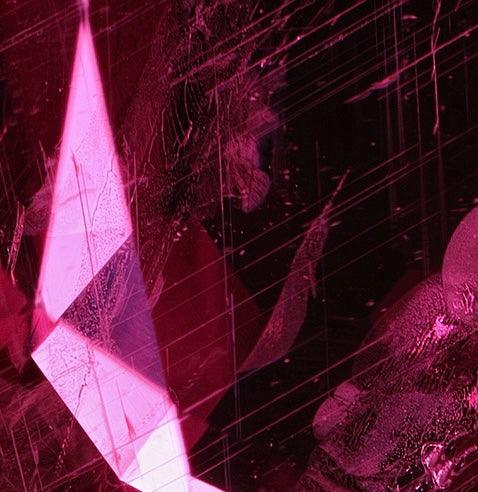
A journey of a ring, from ours to yours
At Curiously Timeless, we take immense pride in offering our customers exquisite jewelry pieces, each with its own unique history and character. Today, we want to take you to the journey of a Victorian era diamond cluster ring, in particular, to show you our meticulous process for identifying the gemstone used in this stunning piece.

1. The Initial Inspection with a loop
The journey to uncover the true nature of the gemstone begins with a keen eye and a trusty jeweler's loop. With this simple yet powerful tool, we examine the gemstone for distinctive characteristics. One of the key features we look for is the presence of needle-like inclusions. These tiny, elongated crystals are often telltale signs of corundum, the mineral family that includes sapphires and rubies.

2. Distinguishing Natural from Synthetic
As we continue our examination, we pay close attention to the absence of certain inclusions. Flux-grown synthetic sapphires and rubies, for instance, typically have wavy, whitish inclusions that are lack in natural gemstones.


Additionally, we check for the absence of bubbles within the stone, which can be indicative of heat treatment – a common practice to enhance the color of sapphires and rubies.

3. Refractometer Confirmation
While the loop can provide valuable insights, we understand that a confident identification requires more than just a visual assessment. To corroborate our initial findings, we employ a refractometer. This sophisticated instrument measures the gemstone's refractive index, helping us to confirm its identity as a sapphire.
4. Seeking Clarity: The Laboratory Test
When it comes to determining if a gemstone has undergone heat treatment, standard tools may not always suffice. Many heat treatments are not detectable with conventional equipment. Therefore, we take the extra step to ensure complete transparency with our customers. To ascertain the authenticity and treatment history of the gemstone, we send it to a reputable gemological laboratory.

5. The Confidence of Authenticity
Once we receive the gemstone analysis report from the laboratory, we gain a comprehensive understanding of its nature and any treatments it may have undergone. This meticulous process allows us to confidently assert the gemstone's authenticity. If the report confirms that it is a natural sapphire or ruby without any heat treatment, we proudly offer it to our customers as such.

Our Commitment to Truth
At Curiously Timeless, honesty and integrity are the cornerstones of our business. We believe in sharing only the truth with our customers, even if it means taking extra measures to confirm the nature of our gemstones. This commitment is reflected in every piece of jewelry we sell.
Conclusion
All the antique jewelry that pass through our hands is a precious link to the past, a testament to the beauty of natural gemstones, and a symbol of our dedication to ethical and transparent practices. We are grateful for the opportunity to share these timeless treasures with our customers, who, in turn, become the caretakers of these precious gifts from Mother Nature. We invite you to explore our collection, knowing that each piece is a reflection of our unwavering commitment to truth and authenticity.
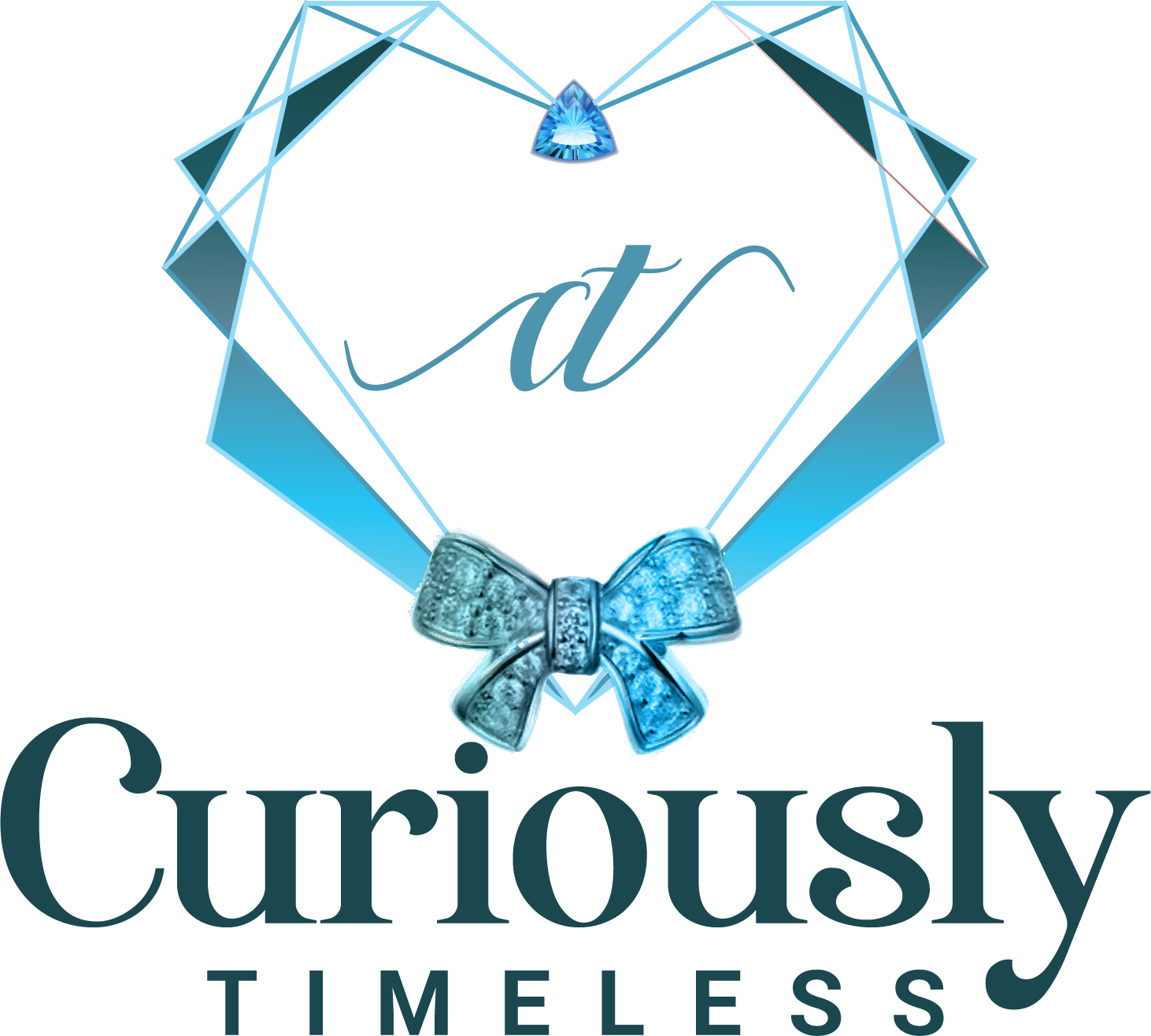
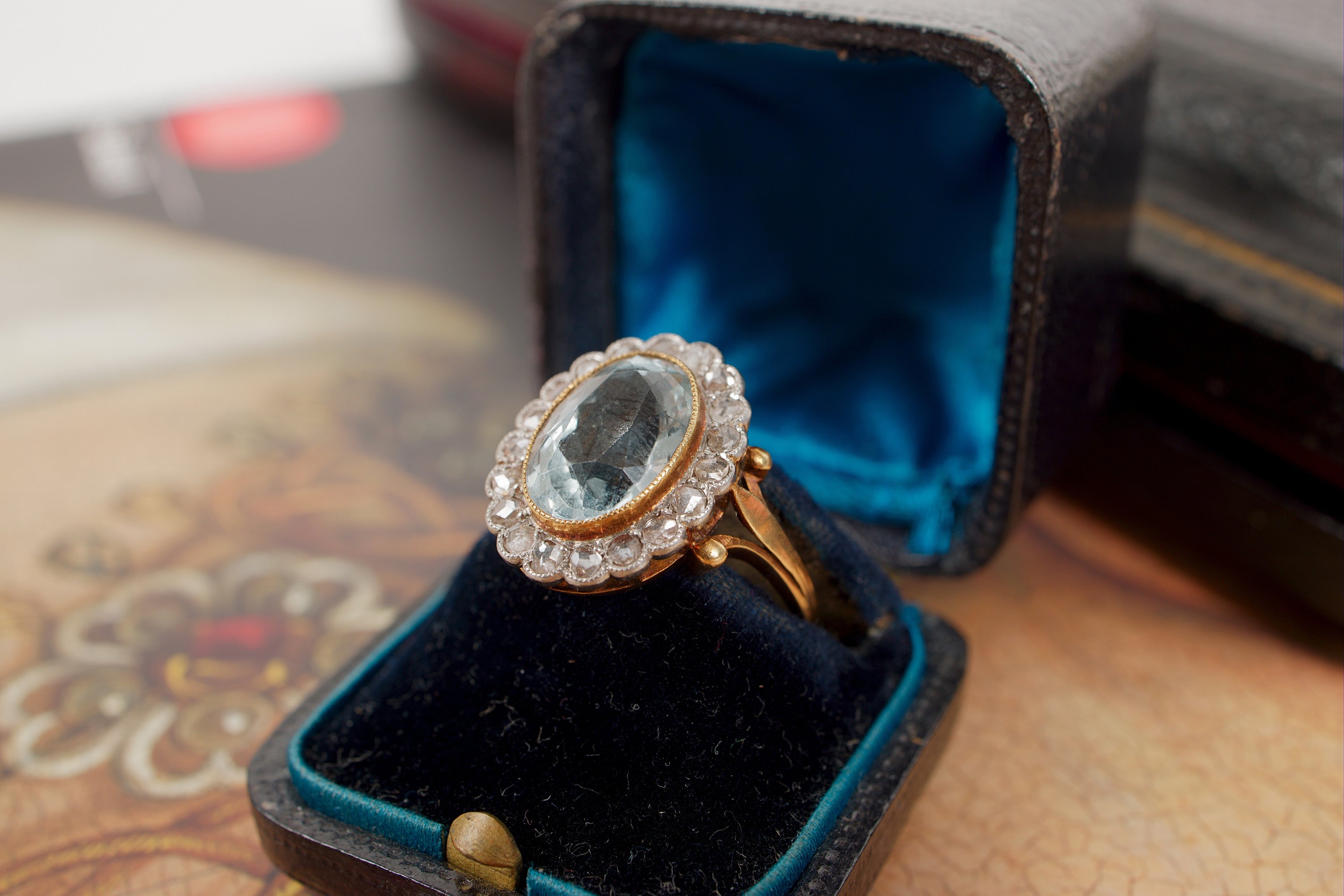
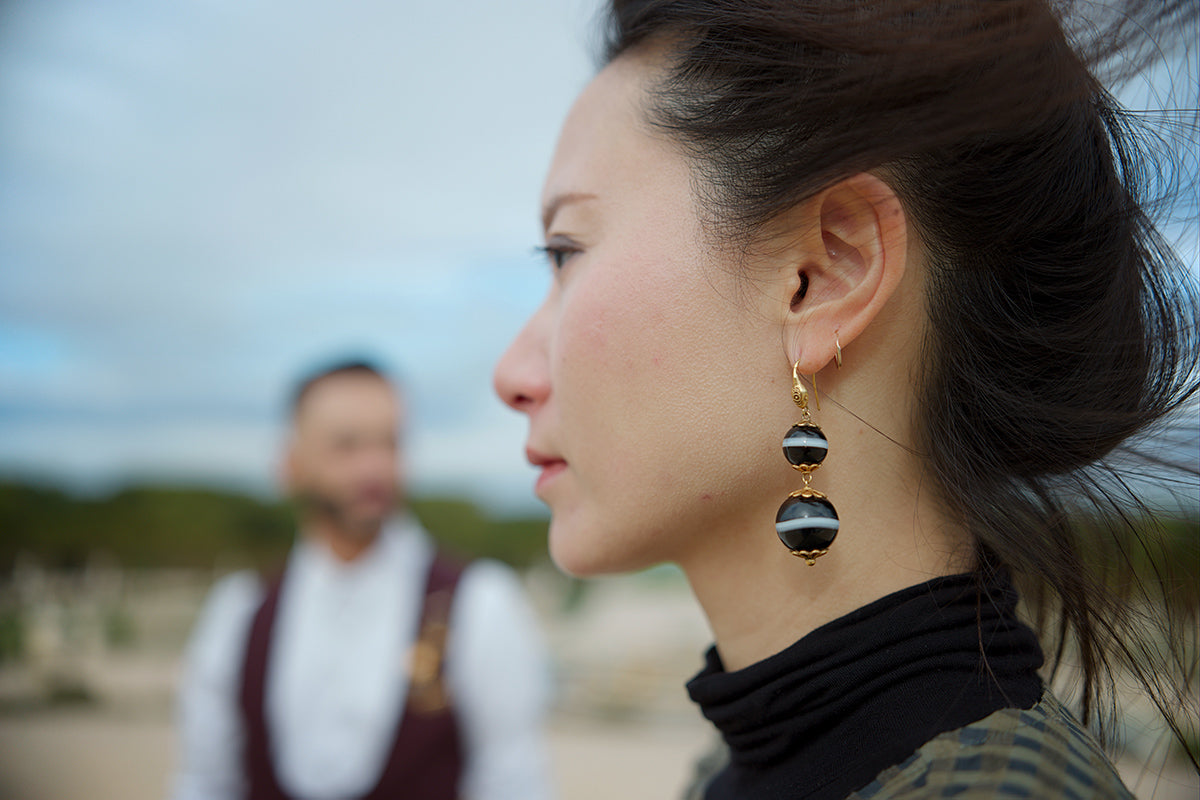
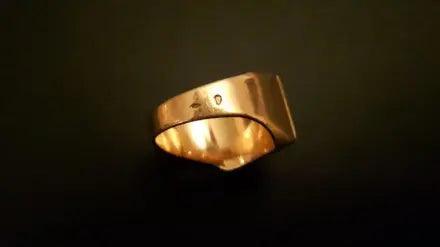

Leave a comment
This site is protected by hCaptcha and the hCaptcha Privacy Policy and Terms of Service apply.